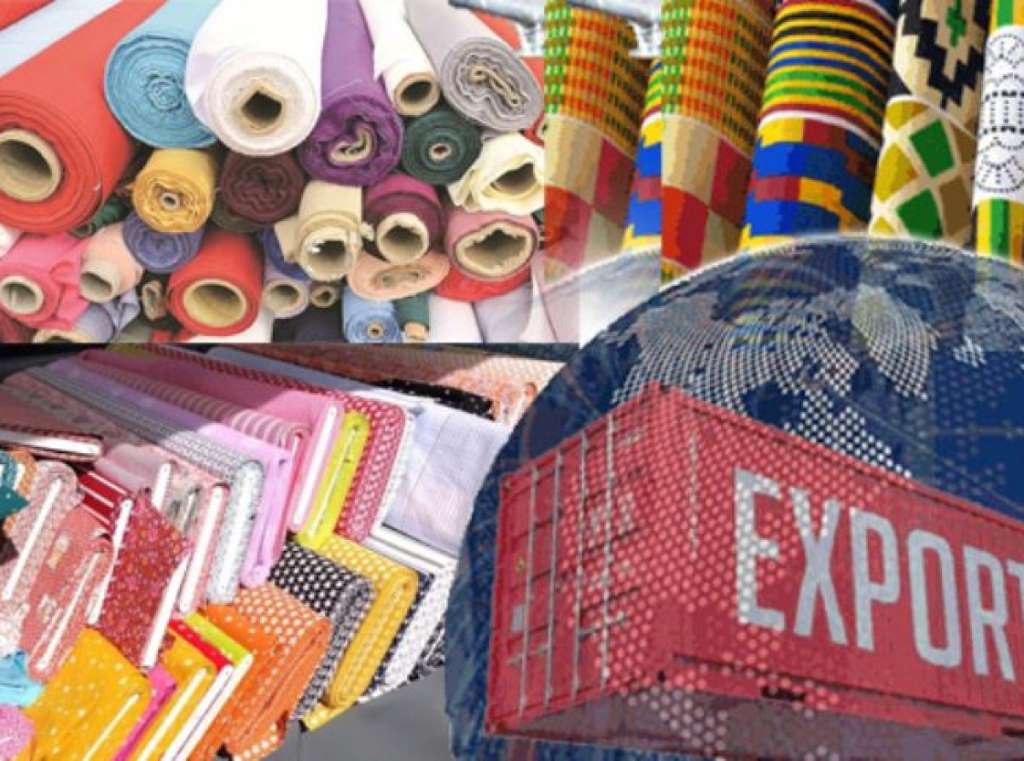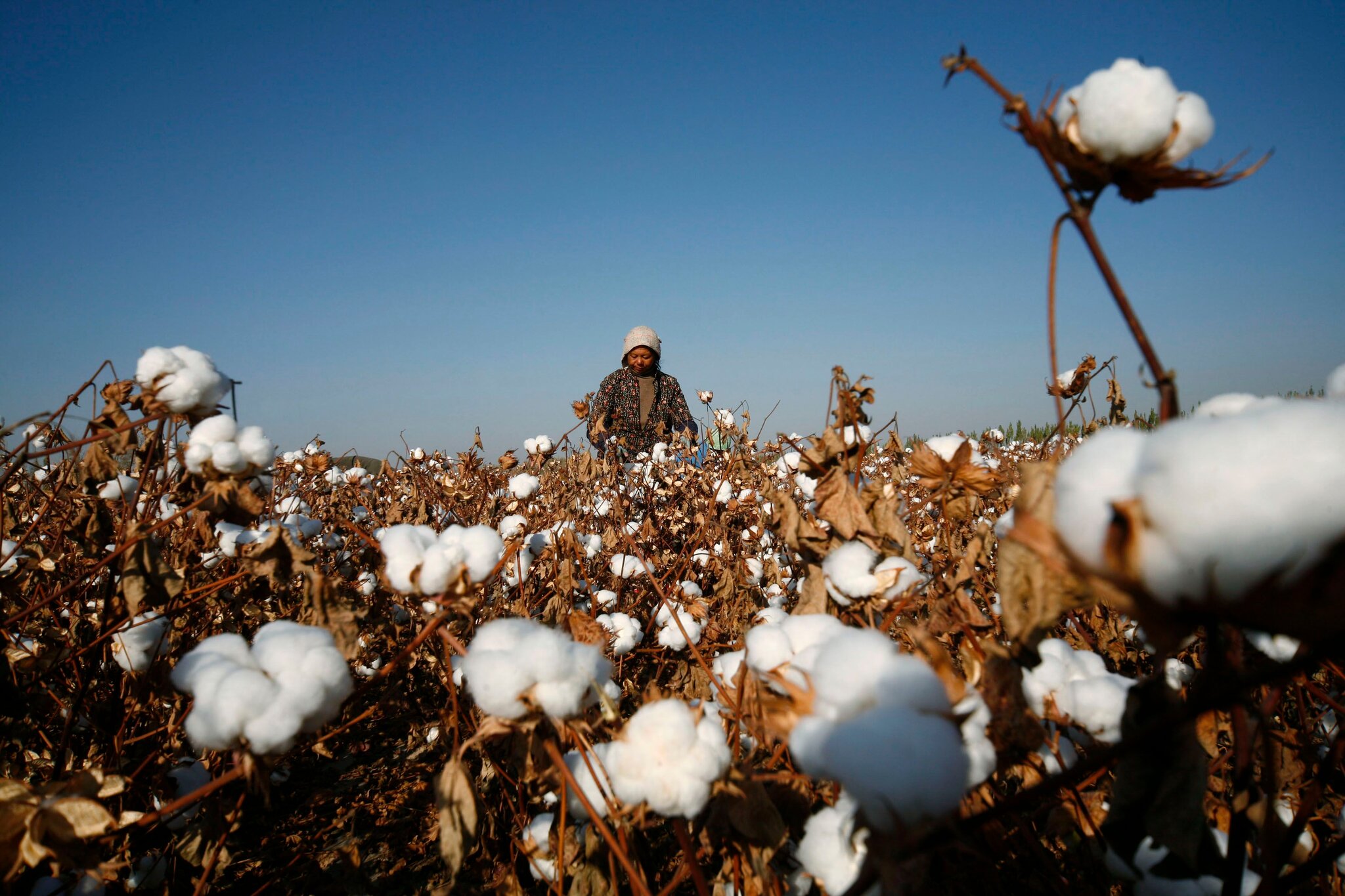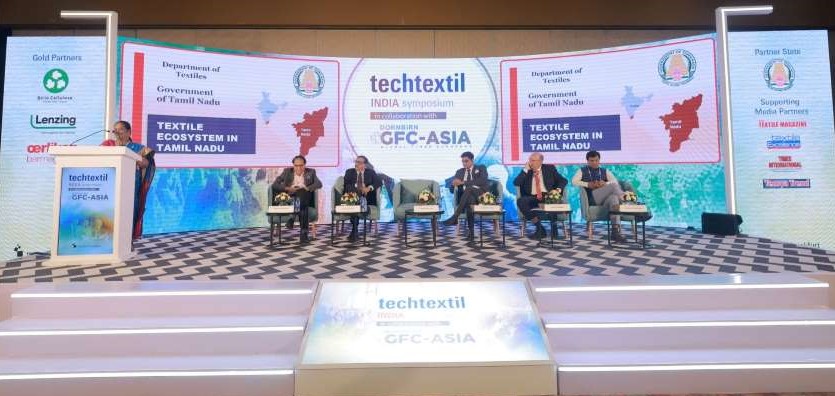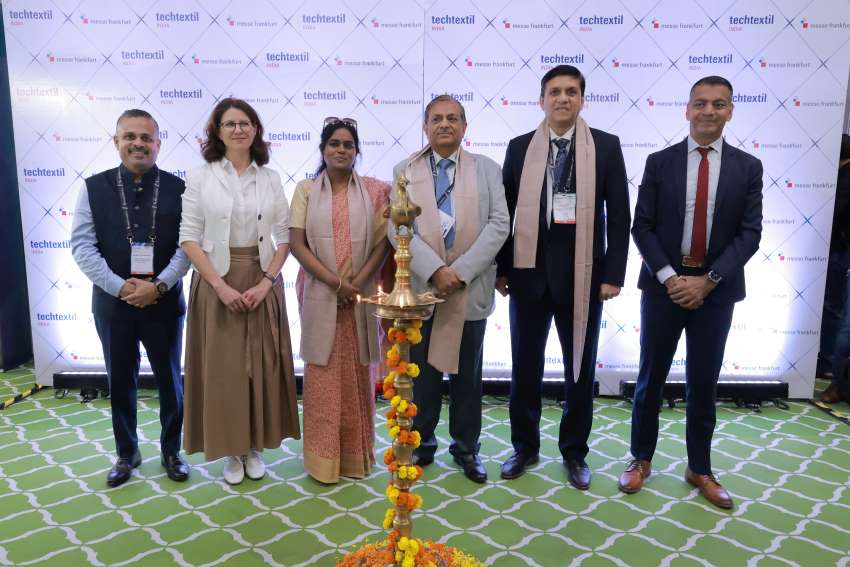
The Indian textile industry, a cornerstone of the nation's economy, has set its sights on an ambitious goal: achieving $100 billion in exports by 2030. This target marks a significant leap from the current figures. According to the Directorate General of Commercial Intelligence and Statistics (DGCIS), India's textile and apparel exports witnessed a decline in 2023-24, registering $34.4 billion compared to 35.5billion the previous year. In fact, textiles secretary, Rachna Shah, acknowledged the recent decline in exports but is confident as she opines, "The government will accord focused attention to promote India's textiles exports...We are confident about achieving the $100 billion target by 2030." Indeed the government is undeterred, outlining a roadmap packed with strategic plans and initiatives to navigate the challenges that lie ahead.
The roadmap to textile triumph
The minister for textiles, Piyush Goyal, is confident about achieving the target and the government has a strategic plan to achieve this.
Boosting manufacturing: The Production Linked Incentive (PLI) scheme, launched in 2021, offers financial incentives to attract investments in textile manufacturing, particularly in man-made fibers and technical textiles. This scheme aims to create a more robust domestic manufacturing base and reduce dependence on imports.
Focus on exports: The government is actively pursuing Free Trade Agreements (FTAs) with key markets like the European Union and the Gulf Cooperation Council (GCC) to secure better duty access for Indian textiles. This will make Indian exports more competitive in the global market.
Skilling & upgradation: Recognizing the need for a skilled workforce, the government is investing in skilling initiatives and modernization programs. The government is investing in skilling initiatives through programs like the Textile Sector Skill Council (TSC) this will enhance productivity and quality, allowing Indian textiles to compete with international players.
Brand India textiles: Initiatives like ‘Virasaat, a unique exhibition showcasing India's diverse handloom heritage, and ‘My Sari - My Pride’, a campaign promoting traditional saris, aim to strengthen the brand image of Indian textiles globally. India boasts a rich textile heritage with renowned regional specialties like Kanchipuram silks and Patola saris. Leveraging this heritage by promoting geographically-indicated (GI) tagged products and building a strong brand identity for Indian textiles can be a game-changer.
Challenges and counter-measures
The road to textile supremacy isn't without hurdles. Here are some key challenges and how the government plans to address them.
Competition: Competition from countries like Vietnam and Bangladesh, with lower labor costs, poses a significant challenge. Upgrading technology and focusing on value-added products can help India differentiate itself.
Infrastructure bottlenecks: Streamlining logistics and infrastructure is crucial for faster turnaround times and cost reduction. Initiatives like developing textile parks with improved infrastructure are underway.
Technological adaptation: Embracing technological advancements in areas like automation and artificial intelligence will be essential for efficiency and productivity gains.
Sustainability concerns: Growing environmental consciousness requires the industry to embrace sustainable practices throughout the textile value chain.
The Indian government's roadmap for textile exports is ambitious. While challenges abound, strategic initiatives, combined with industry efforts and innovation, can pave the way for achieving the $100 billion target. Whether India successfully threads its way to textile triumph remains to be seen, but the journey itself promises to be a fascinating one.












